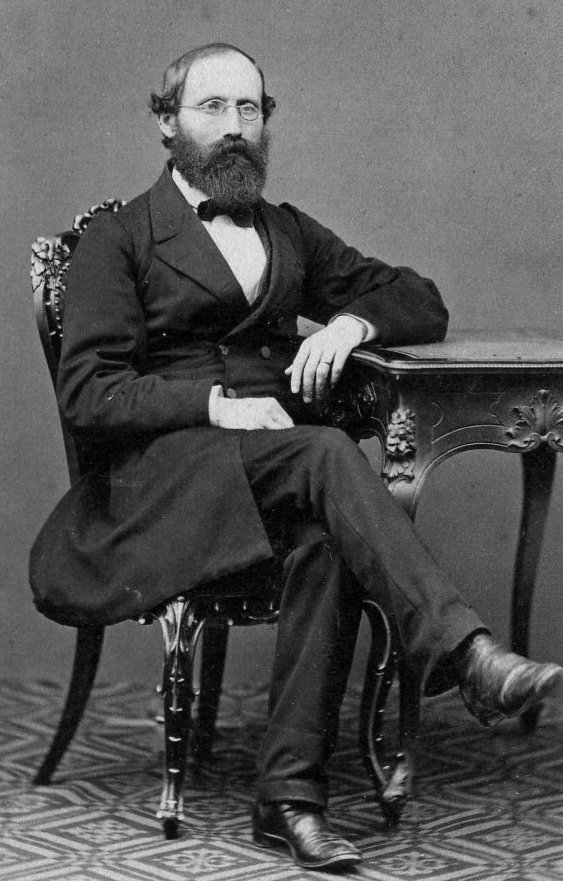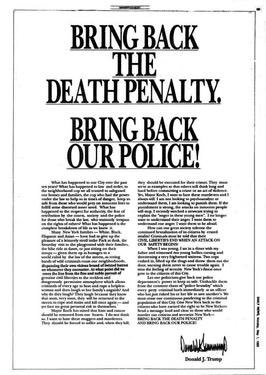The mathematician Bernhard Riemann was born #OTD in 1826. He made deep contributions to complex analysis and number theory, but is best remembered by physicists for his work on the foundations of geometry that would provide the mathematical framework for general relativity. 

Riemann was the star pupil of Gauss, who described Riemann's PhD thesis on complex variables as the work of someone with “a gloriously fertile originality.”
A few years later, when Riemann was up for a faculty position, Gauss tasked him with reformulating the foundations of geometry. Riemann's lecture "On the Hypotheses Which Lie at the Foundations of Geometry" was delivered in 1854. Here's a thread:
https://twitter.com/mcnees/status/1005854098816733184
Unfortunately, Riemann was never in very good health, and in 1862 he developed tuberculosis. He convalesced in Italy off and on for a few years, but eventually succumbed to the illness. Riemann passed away in 1866 at age 39.
There is an apocryphal story that many unpublished works were carelessly thrown away by someone cleaning out Riemann's quarters after he passed away.
• • •
Missing some Tweet in this thread? You can try to
force a refresh



















